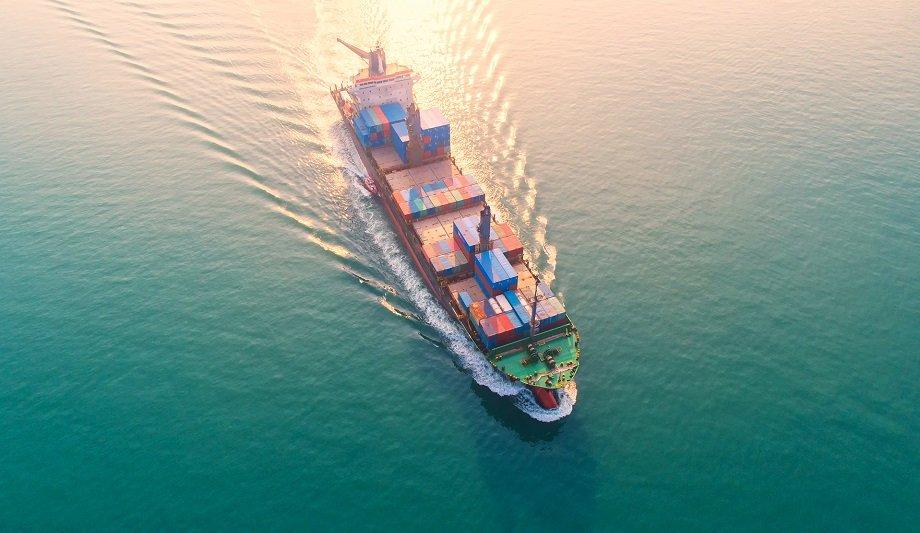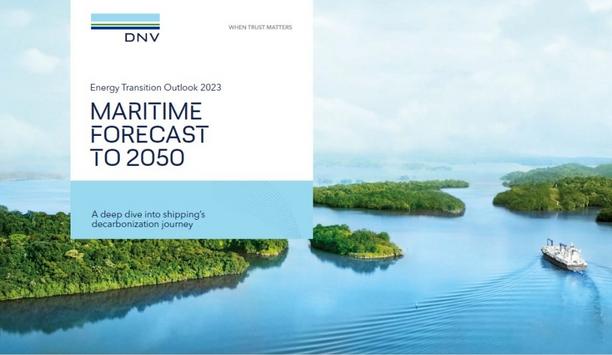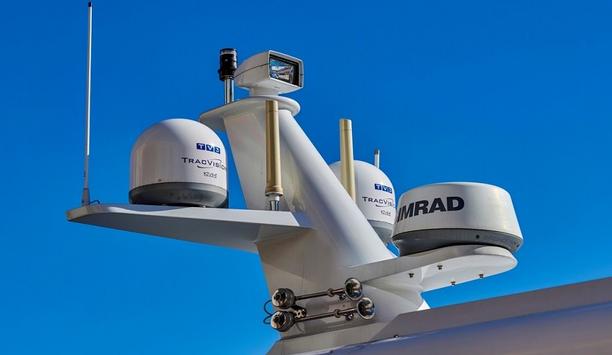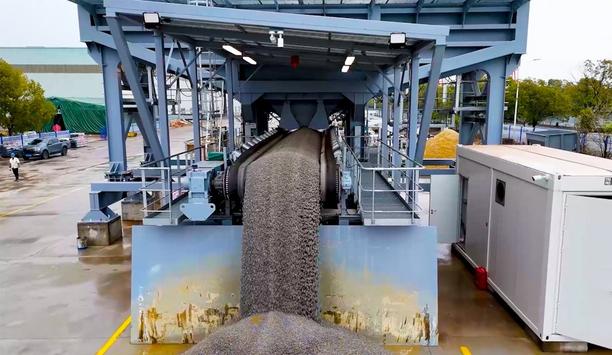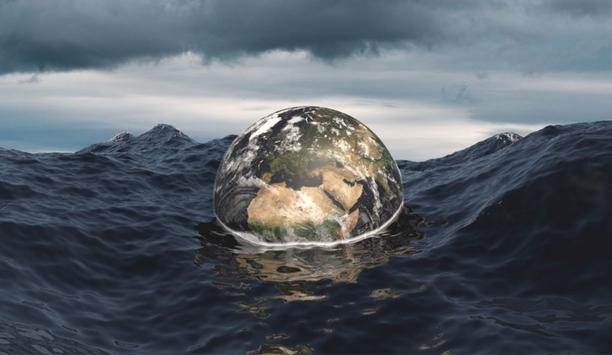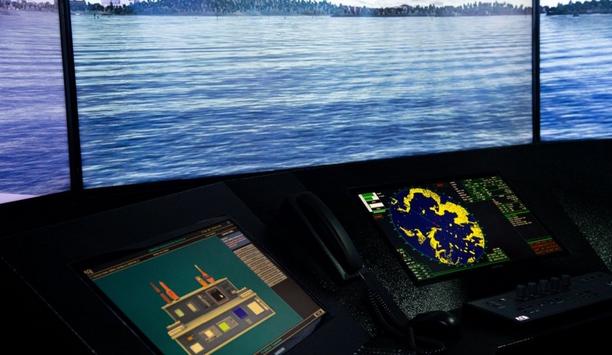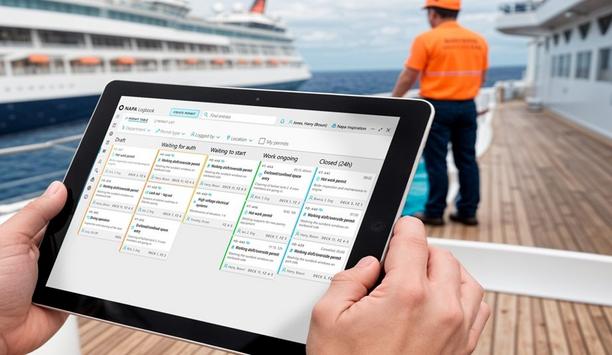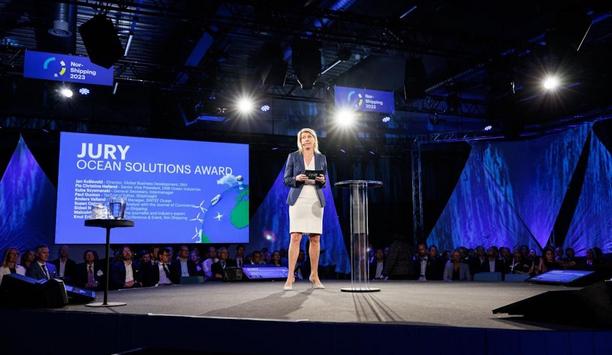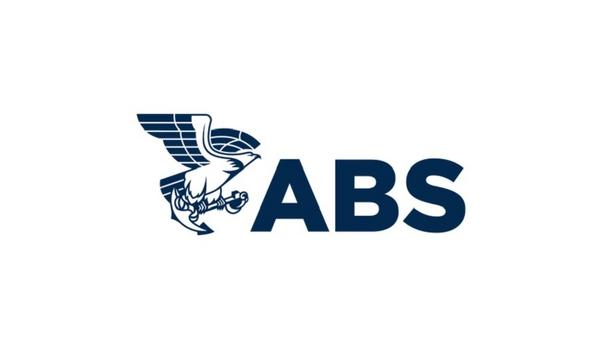Green shipping corridors are a shortcut path to achieving zero-emissions shipping. The strategy of focusing green initiatives on a limited number of routes between major port hubs will lower obstacles and costs as the industry transitions to more environmentally friendly shipping. The goal is to create specific trade routes where zero-emission solutions are demonstrated and supported.
Green initiatives
Targeting certain shipping corridors for environmental efforts allows policymakers to create an enabling ecosystem with targeted regulations, financial incentives, and safety regulations. Lowering the cost of green-fuel production can mobilise demand for green shipping, and the success of green shipping corridors can spread to adjacent routes.
Lowering the cost of green-fuel production can mobilise demand for green shipping
Focusing green initiatives on larger corridors ensure involvement by various value-chain stakeholders such as fuel producers, cargo owners, shipyards, engine manufacturers, and regulatory authorities. Stakeholders must all be committed to decarbonisation, collaboration, pooling customer green shipping demand, and policy and regulation to narrow cost gaps and promote adoption.
Creating six green corridors by 2021
At the 2021 COP26 climate change conference in Glasgow, Scotland, 22 countries signed the Clydebank Declaration, a commitment to creating six green corridors by 2025 and scaling them up in the following years, deploying 200 zero-emissions vessels by 2030. The proposed shipping routes will provide the land-based infrastructure that is decarbonised from end to end to accommodate zero-emission vessels.
Signatories of the Clydebank Declaration include Australia, Canada, France, Japan, New Zealand, the United Kingdom, and the United States. The 22-country coalition will also work to include green corridors in the national climate action plans required under the Paris Agreement.
Implementing zero-emission programs
Assess goals by the middle of this decade to increase the number of green corridors
The coalition pledges to “assess [its] goals by the middle of this decade to increase the number of green corridors,” according to a statement. Over time, they seek to “scale up activity in the following years [with] establishment of more routes, longer routes and/or having more ships on the same routes.”
Because maritime vessels have a 20- to 25-year operating life, there is an urgency to implement zero-emission programs in the next decade. International shipping is responsible for about 3% of global greenhouse gas emissions, and those emissions could increase by half by 2050 if business continues as usual.
Decarbonised vessel requirements
Several proposed green shipping corridors have been evaluated. One is an Australia-Japan route that focuses on transporting the 65 million metric tons of iron ore that are exported yearly from Australian mines to Japanese steelmakers. The route would require 41 fully dedicated zero-emission vessels to decarbonise all the iron-ore trade between the two locations.
Another proposed green shipping corridor is an Asia-Europe container route, which is the largest of three major East-West containership routes. In 2019, some 24 million twenty-foot equivalent units (TEUs) were traded on the route, using 365 vessels. The low cost of fuel and favorable regulatory environment on the European leg of the route are positive elements in the proposal.
A third possible green corridor would be a Korea-Japan-US pure car carrier (PCCT) corridor.
Total cost of ownership (TCO) gap
The TCO gap can be 50 percent or more depending on the corridor
A challenge of implementing green shipping is the total cost of ownership (TCO) gap between the cost incurred during the lifetime of a zero-emissions vessel compared to previous-generation shipping vessels.
The TCO gap can be 50 percent or more depending on the corridor. Elements of cost over the life of a vessel include fuel cost, depreciation, cost of capital, daily running cost, voyage cost, and lost revenue from less cargo space if larger fuel tanks are needed. Green shipping corridors can help to contribute to cost savings.
Getting to Zero Coalition partnership
The Getting to Zero Coalition is a partnership between the Global Maritime Forum, Friends of Ocean Action, and the World Economic Forum. The coalition has outlined a business case for a commercial-scale zero-emission pilot of green corridors in a report titled “The First Wave: A Blueprint for Zero-Emission Shipping.”
The study shows that green corridors can leverage favorable conditions for accelerated industry action and allow policymakers to create an ecosystem with targeted regulatory measures, financial incentives, and safety regulations.
